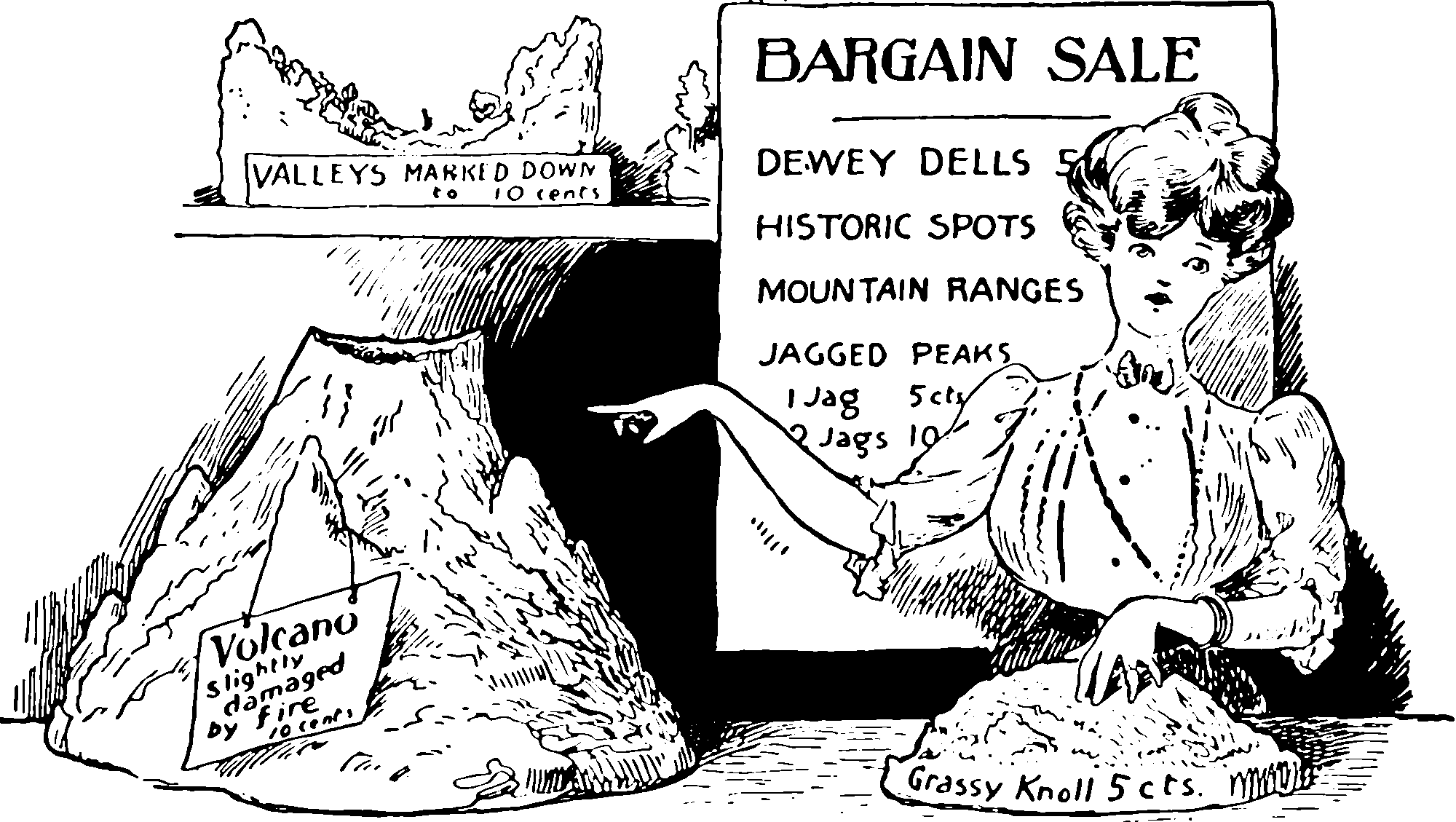Ayed, and de Bézenac. 2019. “Learning Dynamical Systems from Partial Observations.” In Advances In Neural Information Processing Systems.
Bakka, Rue, Fuglstad, et al. 2018.
“Spatial Modeling with R-INLA: A Review.” WIREs Computational Statistics.
Banerjee, Gelfand, Finley, et al. 2008.
“Gaussian Predictive Process Models for Large Spatial Data Sets.” Journal of the Royal Statistical Society: Series B (Statistical Methodology).
Bertolacci. 2019. “Hierarchical Bayesian Mixture Models for Spatiotemporal Data with Nonstandard Features.”
Brix, and Diggle. 2001.
“Spatiotemporal Prediction for Log-Gaussian Cox Processes.” Journal of the Royal Statistical Society: Series B (Statistical Methodology).
Chen, Genton, and Sun. 2021.
“Space-Time Covariance Structures and Models.” Annual Review of Statistics and Its Application.
Cressie, and Huang. 1999.
“Classes of Nonseparable, Spatio-Temporal Stationary Covariance Functions.” Journal of the American Statistical Association.
Cressie, Sainsbury-Dale, and Zammit-Mangion. 2022.
“Basis-Function Models in Spatial Statistics.” Annual Review of Statistics and Its Application.
Cressie, Shi, and Kang. 2010.
“Fixed Rank Filtering for Spatio-Temporal Data.” Journal of Computational and Graphical Statistics.
Cressie, and Wikle. 2011. Statistics for Spatio-Temporal Data. Wiley Series in Probability and Statistics 2.0.
———. 2014.
“Space-Time Kalman Filter.” In
Wiley StatsRef: Statistics Reference Online.
Curtain. 1975.
“Infinite-Dimensional Filtering.” SIAM Journal on Control.
Duffin, Cripps, Stemler, et al. 2021.
“Statistical Finite Elements for Misspecified Models.” Proceedings of the National Academy of Sciences.
Filippi, Mallet, and Nader. 2014.
“Representation and Evaluation of Wildfire Propagation Simulations.” International Journal of Wildland Fire.
Giannakis, Slawinska, Ourmazd, et al. 2018.
“Vector-Valued Spectral Analysis of Space-Time Data.” arXiv:1805.09134 [Physics].
Gneiting. 2002.
“Nonseparable, Stationary Covariance Functions for Space–Time Data.” Journal of the American Statistical Association.
Gopalan, and Wikle. 2021.
“A Higher-Order Singular Value Decomposition Tensor Emulator for Spatiotemporal Simulators.” Journal of Agricultural, Biological and Environmental Statistics.
Goroshin, Bruna, Tompson, et al. 2014.
“Unsupervised Learning of Spatiotemporally Coherent Metrics.” arXiv:1412.6056 [Cs].
Haran. 2011.
“Gaussian Random Field Models for Spatial Data.” In
Handbook of Markov Chain Monte Carlo.
Higdon. 2002.
“Space and Space-Time Modeling Using Process Convolutions.” In
Quantitative Methods for Current Environmental Issues.
Hoffimann, Zortea, de Carvalho, et al. 2021.
“Geostatistical Learning: Challenges and Opportunities.” Frontiers in Applied Mathematics and Statistics.
Huston. 2015.
“Thoughts on Spatio-Temporal Uncertainty Metrics Motivated by Input Sensitivity in the Spark Bushfire Spread Model.” In
Weber, T., McPhee, M.J. And Anderssen, R.S. (Eds) MODSIM2015, 21st International Congress on Modelling and Simulation.
Koner, and Staicu. 2023.
“Second-Generation Functional Data.” Annual Review of Statistics and Its Application.
Lindgren, and Rue. 2015.
“Bayesian Spatial Modelling with R-INLA.” Journal of Statistical Software.
Nikitin, John, Solin, et al. 2022.
“Non-Separable Spatio-Temporal Graph Kernels via SPDEs.” arXiv:2111.08524 [Cs, Stat].
Park, Yoo, and Nadiga. 2019. “Machine Learning Climate Variability.” In.
Patraucean, Handa, and Cipolla. 2015.
“Spatio-Temporal Video Autoencoder with Differentiable Memory.” arXiv:1511.06309 [Cs].
Patterson, Levin, Staver, et al. 2020.
“Probabilistic Foundations of Spatial Mean-Field Models in Ecology and Applications.” SIAM Journal on Applied Dynamical Systems.
Pewsey, and García-Portugués. 2020.
“Recent Advances in Directional Statistics.” arXiv:2005.06889 [Stat].
Rackauckas, Christopher, Ma, Martensen, et al. 2020.
“Universal Differential Equations for Scientific Machine Learning.” arXiv.org.
Reich, Fuentes, and Dunson. 2011.
“Bayesian Spatial Quantile Regression.” Journal of the American Statistical Association.
Särkkä. 2011.
“Linear Operators and Stochastic Partial Differential Equations in Gaussian Process Regression.” In
Artificial Neural Networks and Machine Learning – ICANN 2011. Lecture Notes in Computer Science.
Särkkä, and Solin. 2019.
Applied Stochastic Differential Equations. Institute of Mathematical Statistics Textbooks 10.
Scheider, Gräler, Pebesma, et al. 2016.
“Modeling Spatiotemporal Information Generation.” International Journal of Geographical Information Science.
Shankar, Portwood, Mohan, et al. 2020. “Learning Non-Linear Spatio-Temporal Dynamics with Convolutional Neural ODEs.” In Third Workshop on Machine Learning and the Physical Sciences (NeurIPS 2020).
Sigrist, Fabio Roman Albert. 2013.
“Physics Based Dynamic Modeling of Space-Time Data.” Application/pdf.
Sigrist, Fabio, Künsch, and Stahel. 2015a.
“Spate : An R Package for Spatio-Temporal Modeling with a Stochastic Advection-Diffusion Process.” Application/pdf.
Journal of Statistical Software.
———. 2015b.
“Stochastic Partial Differential Equation Based Modelling of Large Space-Time Data Sets.” Journal of the Royal Statistical Society: Series B (Statistical Methodology).
Szehr, Azzimonti, and Azzimonti. 2020.
“An Exact Kernel Framework for Spatio-Temporal Dynamics.” arXiv:2011.06848 [Math, Stat].
Tait, and Damoulas. 2020.
“Variational Autoencoding of PDE Inverse Problems.” arXiv:2006.15641 [Cs, Stat].
Wikle, Berliner, and Cressie. 1998.
“Hierarchical Bayesian Space-Time Models.” Environmental and Ecological Statistics.
Wikle, Cressie, and Zammit-Mangion. 2019.
Spatio-Temporal Statistics with R.
Wikle, and Zammit-Mangion. 2023.
“Statistical Deep Learning for Spatial and Spatiotemporal Data.” Annual Review of Statistics and Its Application.

